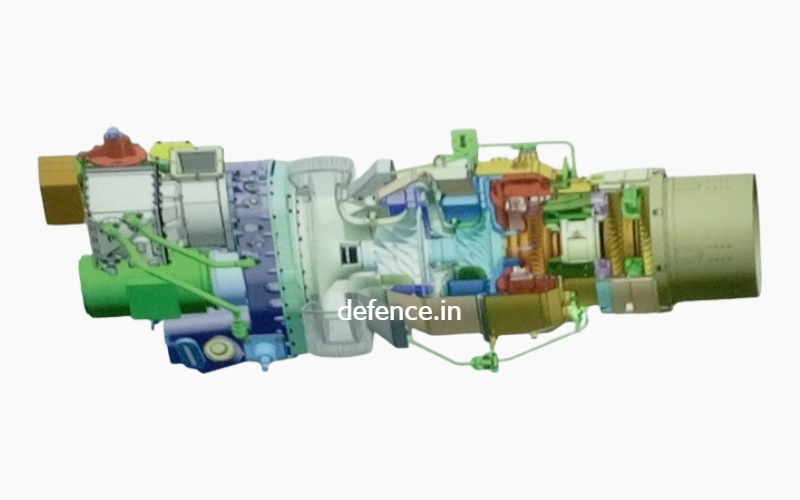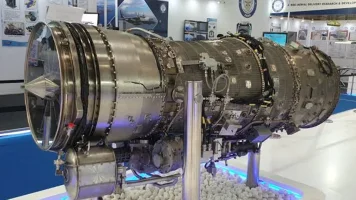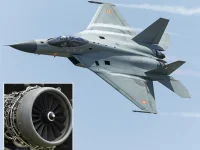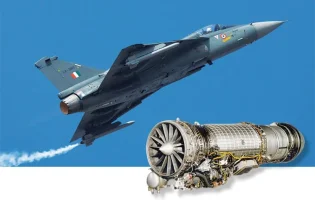- Views: 4K
- Replies: 20

In a major boost to India's indigenous aerospace capabilities, Hindustan Aeronautics Limited (HAL) is making significant strides in the development of its HTSE-1200 turboshaft engine.
Designed to power medium-sized helicopters in the 3 to 6-ton category, the HTSE-1200 is expected to enter limited series production soon, with the first batch of engines slated for delivery by mid-2025. Currently, five HTSE-1200 engines are under fabrication, marking a crucial step towards their deployment.
The HTSE-1200, a collaborative effort between HAL's Engine Division at Koraput and the Defence Metallurgical Research Laboratory (DMRL), has undergone extensive testing and refinement.
Prototypes have successfully completed the manufacturing of parts and modular assemblies for the Power Mode engine, and notably, the core engine has achieved a 100% RPM milestone, validating its performance capabilities.
HAL plans to integrate the HTSE-1200 engine into an older prototype of the ALH-Dhruv helicopter for further testing and evaluation. This integration will provide valuable real-world data on the engine's performance and reliability within an operational helicopter platform.
In parallel, a technology demonstrator of the HTSE-1200 has already showcased its capabilities, achieving a 100% speed run on the core engine and successfully completing sea-level trials. This demonstrator serves as a testament to the engine's potential and underscores the progress made in its development.
The development of the HTSE-1200 represents a significant step towards India's self-reliance in aerospace technology. It showcases the country's ability to design and manufacture advanced propulsion systems for both military and civilian aircraft.
As HAL continues to refine and produce the HTSE-1200, it is poised to play a pivotal role in powering India's helicopter fleet, reducing dependence on foreign suppliers and bolstering the country's defence and aerospace industries.




